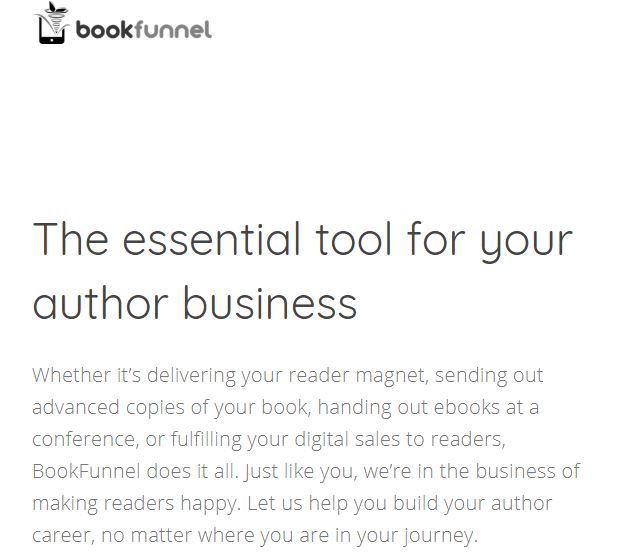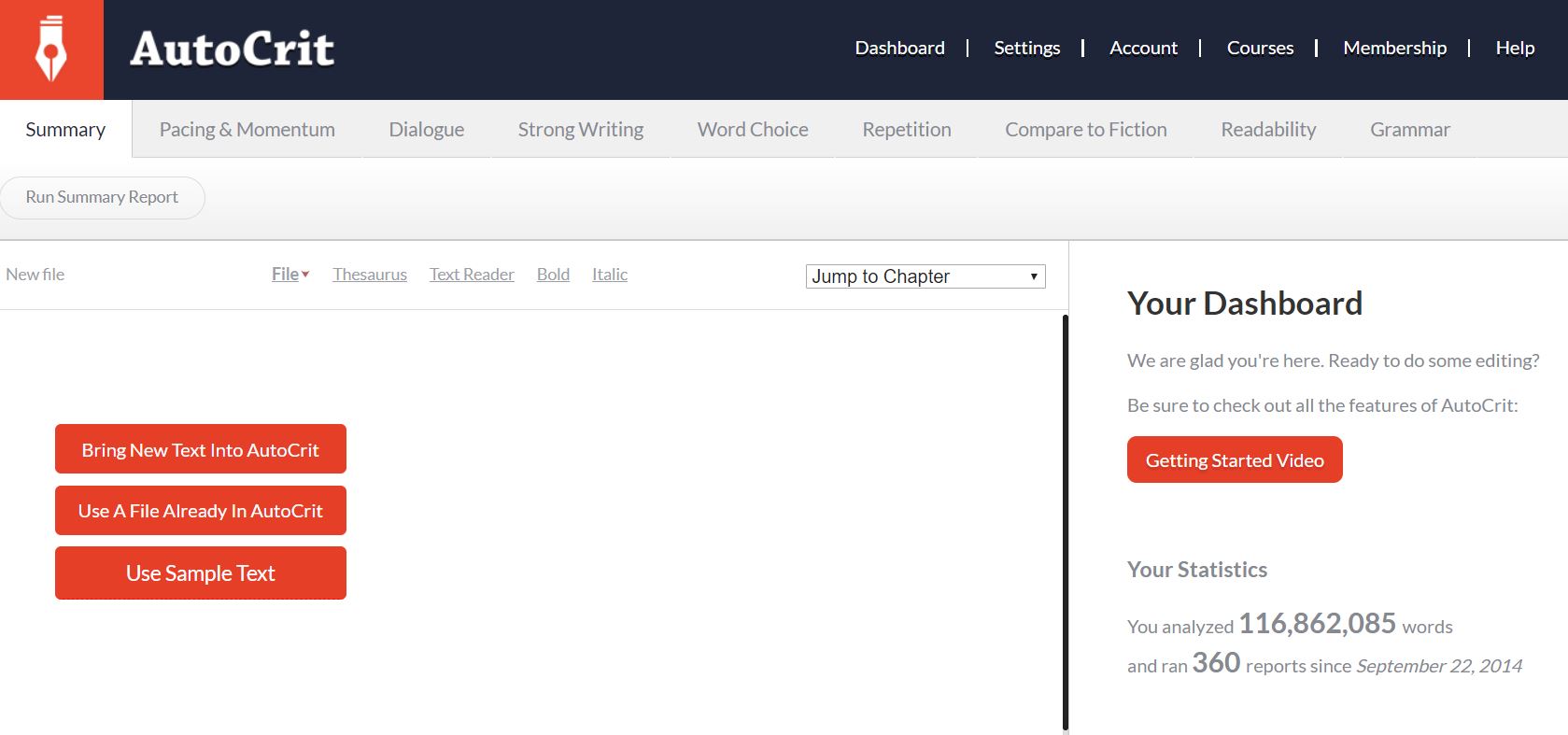For those unfamiliar with the term, NaNoWriMo is National Novel Writing Month, a “fun, seat-of-your-pants approach to creative writing” according to the NaNoWriMo website. I had heard of it before but had ignored primarily because whenever November had come around in years past was when I was in a writing lull. 
This year, I opted to participate for a few reasons. First, I was reminded of it from an email from IngramSpark, a service I’ve used to self-publish several of my works. IngramSpark had a promo to waive title setup fees by using a NaNoWriMo promo code, even if the work wasn’t produced during NaNoWriMo. I happened to have finished all of the pre-production for my novelette Childhood, so the timing was great. But the reminder also caused me to check out the NaNoWriMo site.
Second, I was gearing up to write Fatherhood, the full-length follow up to Childhood (which serves as a reader magnet to introduce the characters). Why not see if I could write 50,000 in a month?
A couple of caveats: I’m not endorsing the NaNoWriMo site – I used it to track my progress, nothing more, nothing less. I do plan to learn more of their mission but, honestly, writing 50,000 words in a month doesn’t leave much time for any other discretion time activities.
Also, I technically did not start at zero words. I had completed about 8,500 while I was working on Childhood this spring. However, because of changes to Childhood during the development editing process, I needed to rework those first six chapters, plus my outline. That’s reflected in the graph above; once I finished that (nine days in), I started to track.
As you can see, I made it, but not without a few significant pushes. I took a couple of days off from work around week three to write, completing over 5,000 each day. That helped to put me at a manageable but still difficult 2,800 or so per day pace to finish, which I stayed on consistently until the end. The last day was a Saturday, so I knew I could spend more time writing, and therefore took a break Friday. I knew at that time I’d make it.
A few lessons learned:
- Having an outline was critical to success. I was determined not to write fluff. While this is obviously the first draft and will require much editing and revisions, the plot stayed on point because of the outline.
- It became easier to write more. I got into a groove, a regular cadence of crafting a scene (typically 600-900 words), taking a break, then repeating until the goal was met.
This has also primed me to finish the novel draft this year. My previous novels have landed right around 80,000 words. With 30,000 to go, I launched another challenge for myself beginning December 2nd (I took the first off) – 1,000 words per day. Thus far, writing 1,000 per day has been relatively easy. I just completed one scene of 723 words and will complete the rest (part of the next scene) shortly after posting this.
Bottom line, for me NaNoWriMo helped kickstart my project. If all goes well, I will have completed an 80,000-word novel in two months, though in reality, it took ten months to prepare, including writing the novelette.

